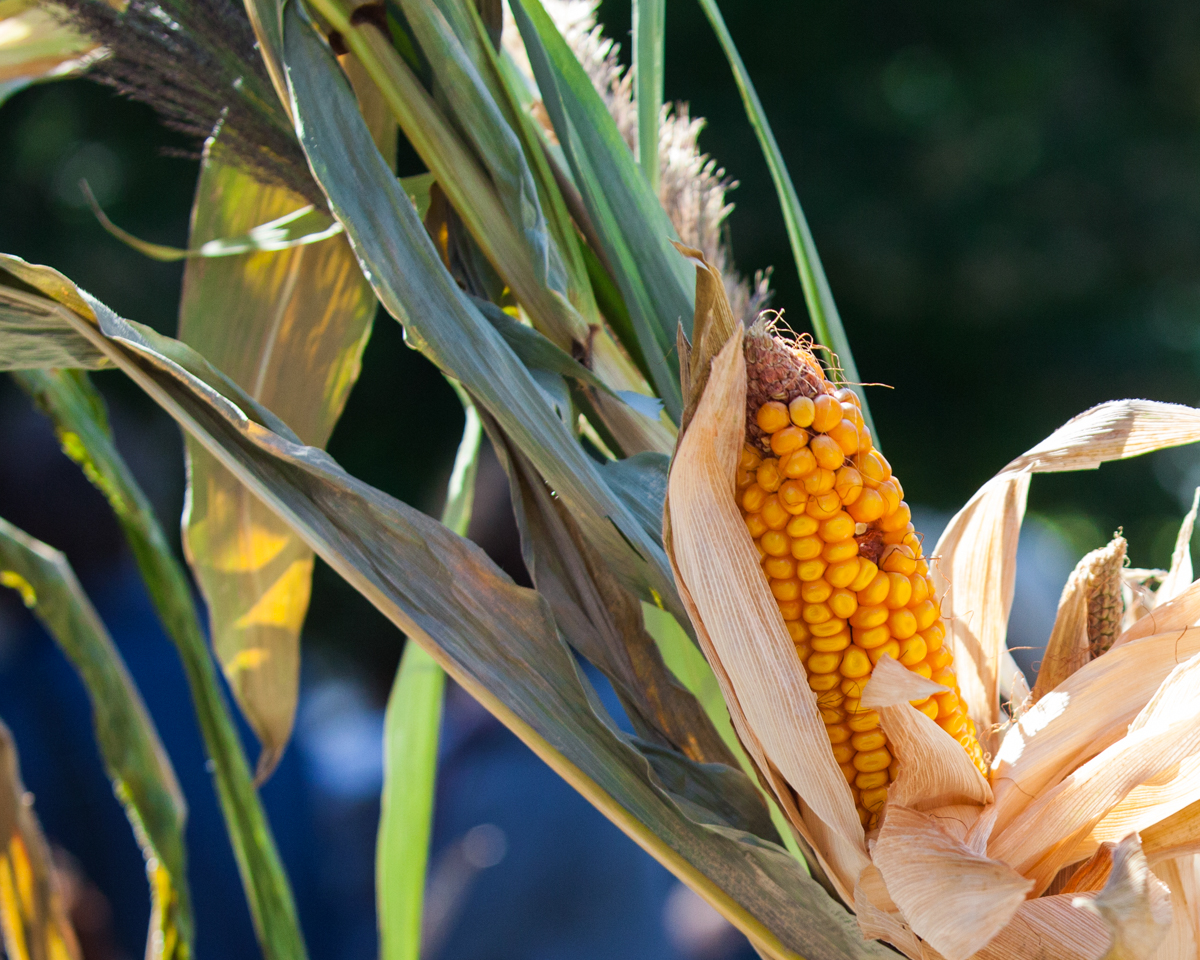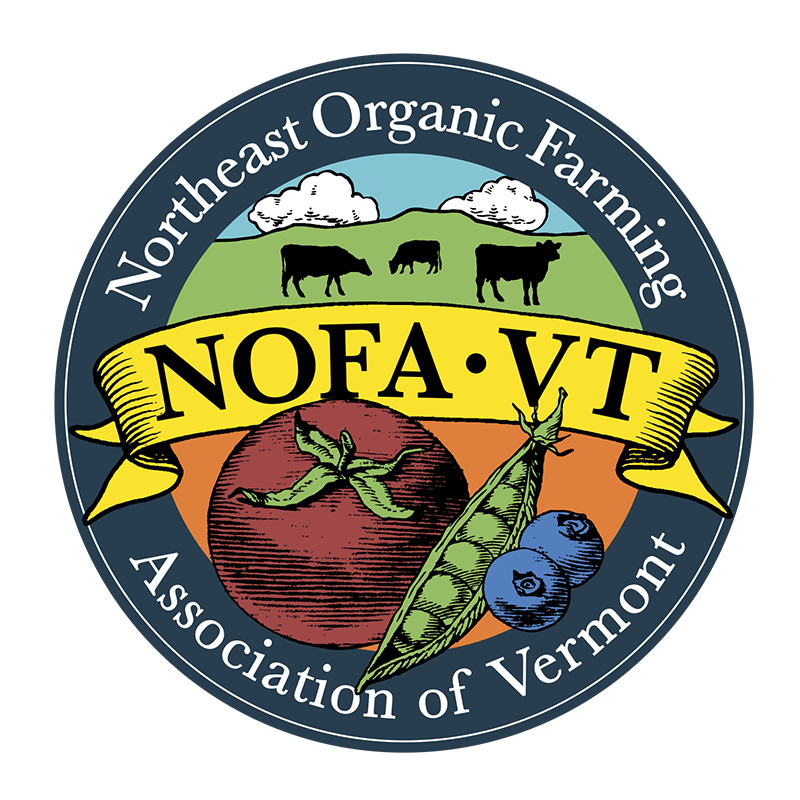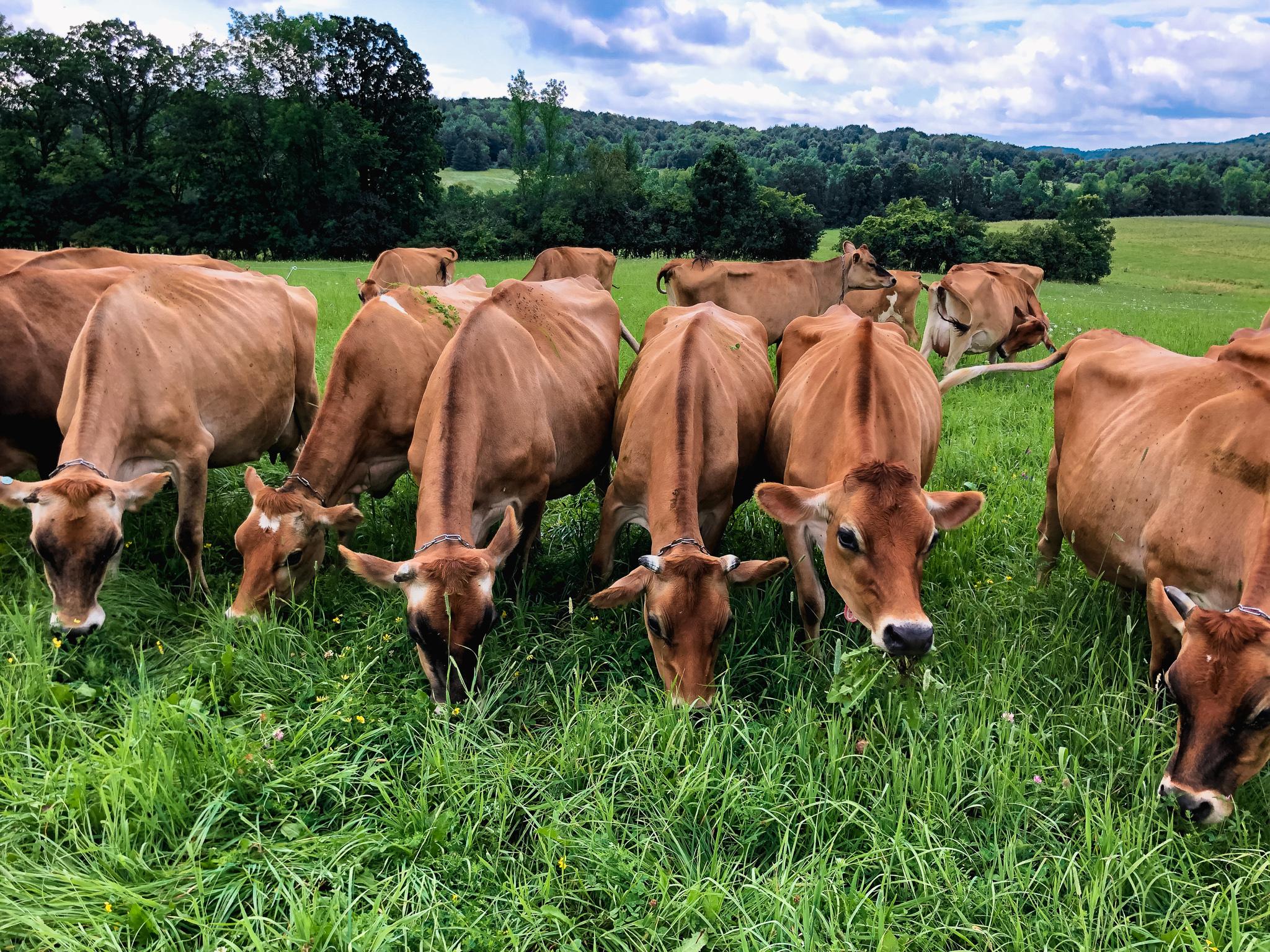If you are gathering this week to eat a harvest meal and share gratitude, we hope you’ll join us in reflecting on both the significance of a delicious meal, grown and shared in community, and the painful history and lived reality of Thanksgiving as a U.S. holiday.
The forceful removal of Native American communities from bountiful landscapes full of pre-colonial food sources by the U.S. government created and continues to create a disconnect between people and place. These disparities can be seen through widespread trauma, the subjugation of Indigenous communities, and a relationship of extraction between people and their ecosystems.
Today, there are many organizations working to promote Indigenous food sovereignty, chefs preserving and amplifying Native American cuisine, and Indigenous activists fighting for food justice.If you are gathering with young ones who want to explore the history and legacy of this holiday, we have compiled some resources for youth and learners of all ages at the link in our bio.
In some ways, this holiday resembles a pre-colonial, cross-cultural tradition of expressing gratitude at the end of the autumn harvest season. In that spirit, our hearts are full of gratitude to share. We are thankful for everyone in our community who works in their own way to create an agricultural system that is economically viable, ecologically sound, and socially just. And, whether it’s a bountiful holiday plate or a quick snack, we’re grateful to the farmers and farmworkers who keep us all fed.

Gathering with children this year? Check out some relevant resources for youth and learners of all ages.
- Native American Books from Baby to High School
- Decolonizing Your Thanksgiving Curriculum (UVM Resource)
- Unsettling Thanksgiving in Your Curriculum (Shelburne Farms Resource)

